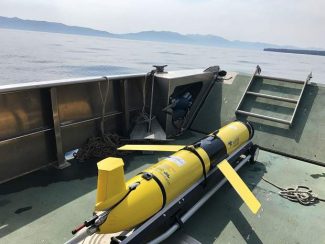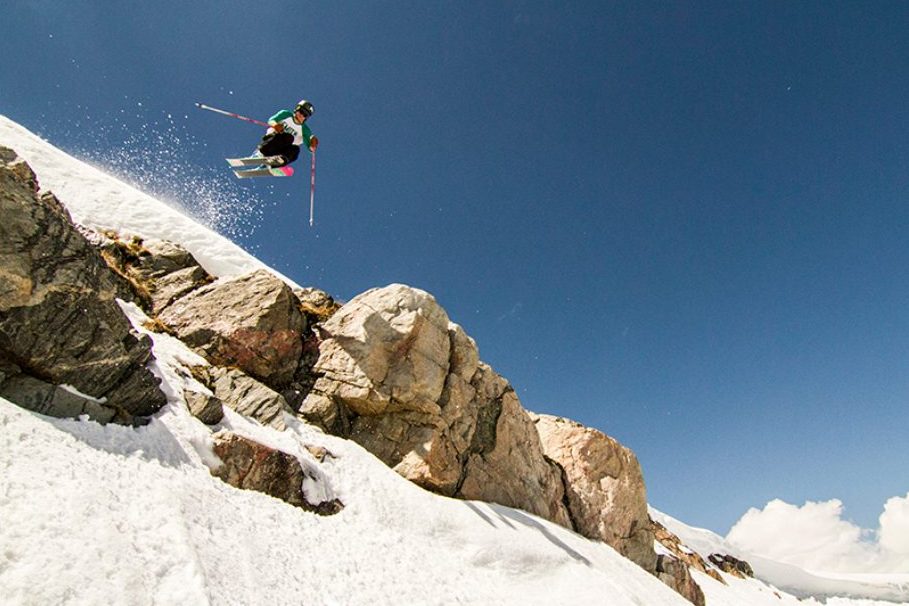
Two weeks ago, Scientists from U.C. Davis released an underwater autonomous vehicle into Lake Tahoe. The robot will collect data from the lake for a few weeks up to two months. It looks just like a glider and works by adjusting its buoyancy to move freely through the lake. The drone will dive up to 150 feet and continuously measure temperature, salinity or conductivity, dissolved oxygen, chlorophyll, and turbidity.
“Measurements like this are extremely important, particularly as the lake changes … Whether or not that’s wetter winters or more severe snowpacks like we saw last winter, we know things are in a state of flux,”- Alex Forrest, U.C. Davis Assistant Proffesor

The data collected by the drone will help researchers to learn more about the long term effects of climate change on the lake as well as the short term effects of events like severe weather. The robot can be controlled remotely from anywhere in the world and is programmed to surface every 3-4- hours to send the data it has collected. Scientists hope the data allows them to better understand how the lake has changed over the past few years and how it will change in the future.

“Long-term climate change and human effects are making an impact on the lake,” he said. “When I say impact, it’s not just a change in the clarity like we always talk about, but a change in the dynamics of the ecosystem.”- Alex Forrest, U.C. Davis Assistant Proffesor
In their annual “State of the Lake” report, U.C. Davis found that last year the lake experienced warmer surface temps than ever before and that it is warming 14 times faster than average. The data collected from the latest mission will be compared to a 2013 project done in collaboration between the University of Minnesota and U.C. Davis. Comparing the new data with the 2013 data allows scientists to understand and predict the environmental trends of the lake.




